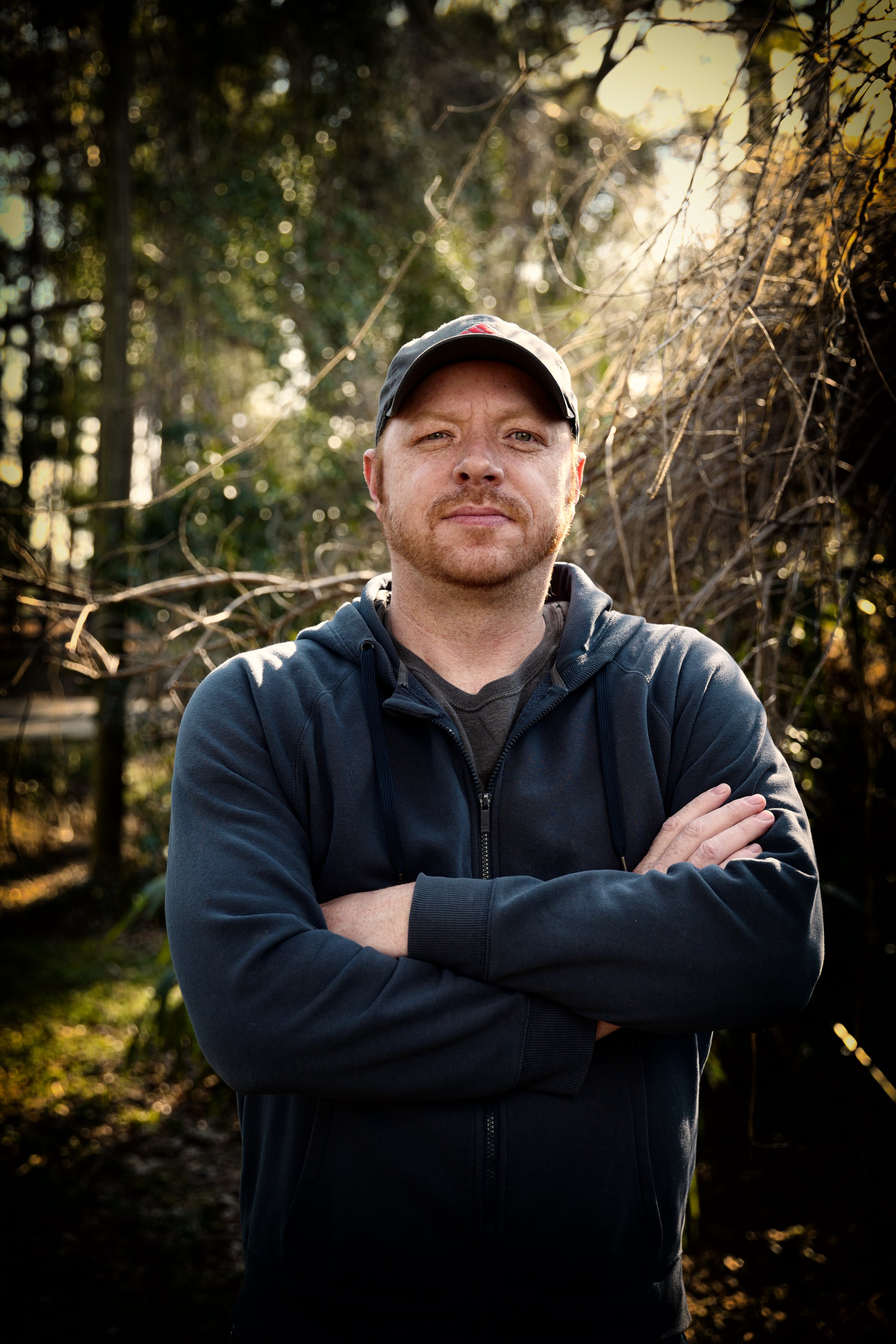The smart Trick of Uv/vis/nir That Nobody is Talking About
The smart Trick of Uv/vis/nir That Nobody is Talking About
Blog Article
Some Ideas on Circular Dichroism You Should Know
Table of ContentsNot known Facts About Circularly Polarized LuminescenceThe smart Trick of Uv/vis That Nobody is DiscussingIndicators on Uv/vis/nir You Need To Know9 Easy Facts About Circular Dichroism ShownThe Best Guide To Uv/vis

Although spectrophotometry is most frequently applied to ultraviolet, noticeable, and infrared radiation, contemporary spectrophotometers can question broad swaths of the electromagnetic spectrum, consisting of x-ray, ultraviolet, noticeable, infrared, and/or microwave wavelengths. Spectrophotometry is a tool that hinges on the quantitative analysis of molecules depending on just how much light is absorbed by colored substances.
Circular Dichroism Can Be Fun For Anyone
A spectrophotometer is commonly utilized for the measurement of transmittance or reflectance of services, transparent or nontransparent solids, such as polished glass, or gases. Many biochemicals are colored, as in, they absorb noticeable light and for that reason can be measured by colorimetric treatments, even colorless biochemicals can typically be transformed to colored substances ideal for chromogenic color-forming responses to yield compounds ideal for colorimetric analysis.: 65 Nevertheless, they can also be developed to measure the diffusivity on any of the noted light ranges that generally cover around 2002500 nm using various controls and calibrations.
An example of an experiment in which spectrophotometry is used is the determination of the equilibrium constant of a solution. A certain chain reaction within a service may occur in a forward and reverse direction, where reactants form products and items break down into reactants. At some point, this chemical reaction will reach a point of balance called a balance point.
The 20-Second Trick For Uv/vis/nir
The quantity of light that travels through the solution is a sign of the concentration of particular chemicals that do not allow light to travel through. The absorption of light is because of the interaction of light with the electronic and vibrational modes of molecules. Each type of molecule has a specific set of energy levels related to the makeup of its chemical bonds and nuclei and therefore will soak up light of specific wavelengths, or energies, leading to distinct spectral homes.
They are extensively used in lots of industries consisting of semiconductors, laser and optical manufacturing, printing and forensic assessment, as well as in laboratories for the research study of chemical compounds. Spectrophotometry is often used in measurements of enzyme activities, determinations of protein concentrations, decisions of enzymatic kinetic constants, and measurements of ligand binding reactions.: 65 Eventually, a spectrophotometer is able to determine, depending on the control or calibration, what compounds are present in a target and exactly how much through estimations of observed wavelengths.
Invented by Arnold O. Beckman in 1940 [], the spectrophotometer was created with the help of his associates at his business National Technical Laboratories established in 1935 which would become Beckman Instrument Business and ultimately Beckman Coulter. This would come as an option to the previously created spectrophotometers which were unable to absorb the ultraviolet properly.
Our Uv/vis/nir Diaries
It would be found that this did not offer acceptable results, therefore in Design B, there was a shift from a glass to a quartz prism which permitted for better absorbance results - spectrophotometers (https://www.magcloud.com/user/olisclarity1). From there, Model C was born with a modification to the wavelength resolution which ended up having three units of it produced
It irradiates the sample with polychromatic light which the sample absorbs depending upon its residential or commercial properties. Then it is transmitted back by grating the photodiode range which spots the wavelength area of the spectrum. Considering that then, the production and execution of spectrophotometry gadgets has actually increased exceptionally and has actually ended up being one of the most innovative instruments of our time.

The Definitive Guide to Uv/vis/nir
Historically, spectrophotometers use a monochromator containing a diffraction grating to produce the analytical spectrum. The grating can either be movable or repaired. If a single detector, such as a photomultiplier tube or photodiode is utilized, the grating can be scanned stepwise (scanning spectrophotometer) so that the detector can determine the light strength at each wavelength (which will correspond to each "action").
In such systems, the grating is fixed and the intensity of each wavelength of light is determined by a different detector in the array. In addition, most contemporary mid-infrared spectrophotometers use a Fourier change strategy to acquire the spectral info - https://calendly.com/olisclarity1/30min. This method is called Fourier transform infrared spectroscopy. When making transmission measurements, the spectrophotometer quantitatively compares the portion of light that goes through a referral solution and a test service, then electronically compares the strengths of the two signals and computes the percentage of transmission of the sample compared to the recommendation standard.

Report this page